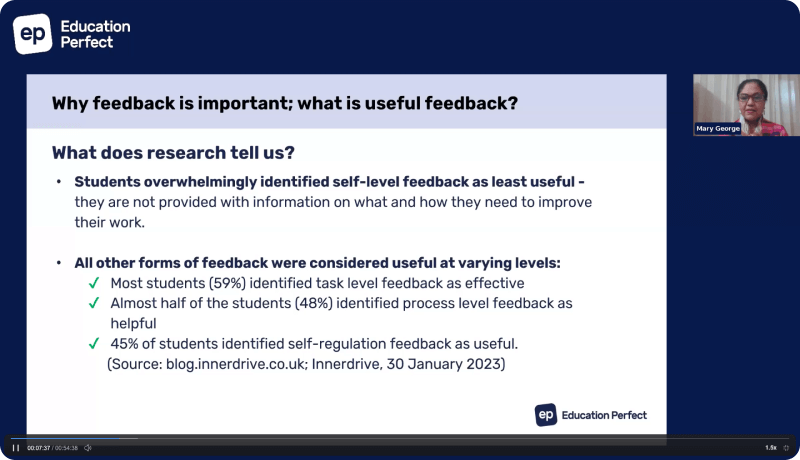Post-burnout reflections from a tired secondary teacher

I hated going to work. I felt sick arriving at the building and wanted to cry when I checked my emails. I was putting off important jobs. I couldn’t prioritise the many things I had to do, and it was starting to affect other people. So I went to see my GP who explained what was happening and signed me off work for four weeks.
The World Health Organization’s definition of burnout: “a syndrome conceptualised as resulting from chronic workplace stress that has not been successfully managed.”
It is characterised by three dimensions:
- Feelings of energy depletion or exhaustion
- Increased mental distance from one’s job, or feelings of negativity or cynicism related to one’s job
- Reduced professional efficacy
In 2019 the WHO redefined the term burnout as referring “specifically to phenomena in the occupational context and should not be applied to describe experiences in other areas of life.”
So I was feeling like this because of my job, and the inability to manage the associated stress. And I quickly found out that I wasn’t the only one. Lots of colleagues – many of them experienced, high-performing teachers – approached me to share their own stories.
Burnout and workload-related stress is more common than we like to admit. Teachers tend to give more of ourselves than we have in reserve – and let’s be honest, there’s a bit of a martyr complex going on for many of us too – I don’t think we’re very good at talking about it.
Suzi McAlpine’s Beyond Burnout: How to Spot It, Stop It and Stamp It is the first book I read to help understand what was happening last year (classic teacher move) and I highly recommend it for middle and senior leaders. It refers often to the 2020 Cogo Workplace Wellbeing Survey (NZ) which showed that education professionals were the most likely to show signs of exhaustion (86%), a lack of engagement (71%) and depersonalisation (35%) all of which are all red flags for burnout. I wonder how those stats might read now, after three years of illness, masks, rostering home, student absences and all the accommodations for NCEA?
Teaching is an intensely human profession. We spend our days talking, listening, reacting, pre-empting, reassuring, decoding and defusing – often all at once and with a target audience of erratic “emerging adults”. That’s part of what makes the job varied and, most of the time, a lot of fun. But it has also been documented that a teacher must make tens of thousands of micro-decisions each day. This constant decision-making takes a toll on our mental load, and means that many aspects of the job follow us home. A colleague describes it as letting students “live rent-free in our heads”. As a curriculum leader I often let colleagues or SLT take out a lease too.
The beginning of the school year, marked by fresh stationery and crisp new uniforms, is a time of hope and possibility. With it always came a touch of idealism for me as I planned cutting-edge units of work that surely, this time, would tap into the zeitgeist and transform my students into avid readers and writers. But reflecting now, what I really needed to plan was how to manage the stress when the inevitable pinch points of the secondary school year took hold.
Weirdly, I’m glad this happened to me. I now know that keeping our performance up in spite of a low well-being is a precursor to burnout. Better yet, it forced me to find practical ways to manage the stress of teaching and share them with my colleagues. And in a follow up to this piece, I’ll share them with you.
By Jen Smart




